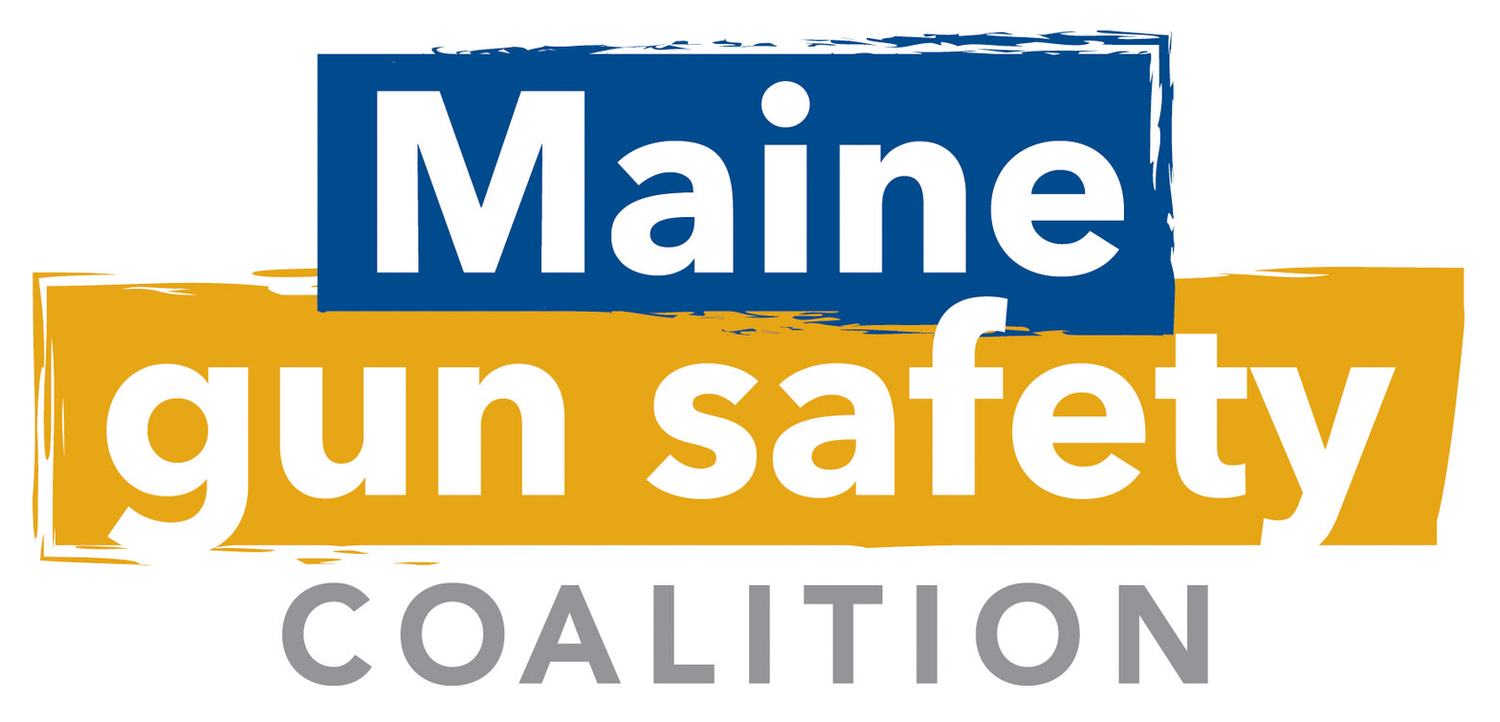Safe Storage/Child Access Prevention
Solution Needed
Maine’s recent safe storage law is significant. Child access prevention laws make a difference. In addition, MGSC has distributed over 25,000 free gun safety locks and has launched the Pediatricians Program to train pediatric healthcare providers to counsel parents about the importance of safe firearm storage in their homes and the homes their children frequent. Advice for parents can be found here.
Further child access prevention measures (CAP) should require locking devices on all firearms manufactured, sold or transferred, and licensing standards should be implemented for those locking devices to ensure they are effective and reliable. Nationally we should encourage research, development, manufacture and adoption of smart guns, guns that are manufactured with an identity lock. You can help improve Maine’s safe storage laws. Scroll down for status of our current law and its consequences.
Explanation of the issue
MGSC led a coalition that successfully advocated for Maine’s first safe storage law enacted in 2021. This child safety law is a model used to craft Ethan’s Law, a federal safe storage proposal. The 2021 law amended Maine’s child endangerment law making it a Class D crime (highest level misdemeanor) if a person permits a child to gain access to a loaded gun and the child discharges that gun in a reckless or negligent manner. The legislation was in response to several tragic events in Sagadahoc County and another in Franklin County in which young children gained access to loaded guns resulting in death or injuries to themselves or others.
Recently Maine enacted a Safe Homes Program which names September as Safe Homes Awareness Month and authorizes grant funds for educational materials to create awareness of the dangers of unsecured firearms and prescription drugs.
But more needs to be done. In Maine, as of 2021, 47% of adults own guns, and nationally approximately 50% of gun owners do not secure their guns safely, defined as stored in a locked gun safe, cabinet or case, locked into a gun rack or stored with a gun lock. 4.6 million children live in homes with at least 1 loaded and unlocked firearm.
Maine does not require firearm owners to lock their firearms and no safe storage training is required with the purchase of a gun.
Federal law does make it unlawful for any federally licensed importer, manufacturer or dealer to sell or transfer any handgun unless the transferee is provided with a secure gun storage or safety device. However, the law is riddled with loopholes: it does not apply to other types of firearms or other types of transfers (such as by private sellers); it does not address the adequacy of the locking device (a box that closes and can be locked is sufficient); and, it does not require that the transferee actually use the locking device.
Consequences of the current law
Guns that are not stored safely potentially result in at least two distinct types of preventable tragedies.
• First, in recent years a deadly combination of more guns having been purchased, more teens feeling isolated and more teens experiencing mental health issues have heightened the dangers presented by unsecured firearms. Between 70 and 90% of guns used in youth suicides, school shootings and unintentional shootings come from households where the guns are unsecured. In Maine 85% of gun deaths are suicides. Over the past decade the rate of suicide by firearm for children and teens has increased 59%.
• Second, guns that are not safely stored pose a substantial risk of being accessed and used by very young children. This tragedy happened in Maine in 2021 when there were several tragic events in Sagadahoc County and another in Franklin County in which children gained access to loaded guns resulting in death or injuries to themselves or others. Safe storage laws ARE child safety laws.

